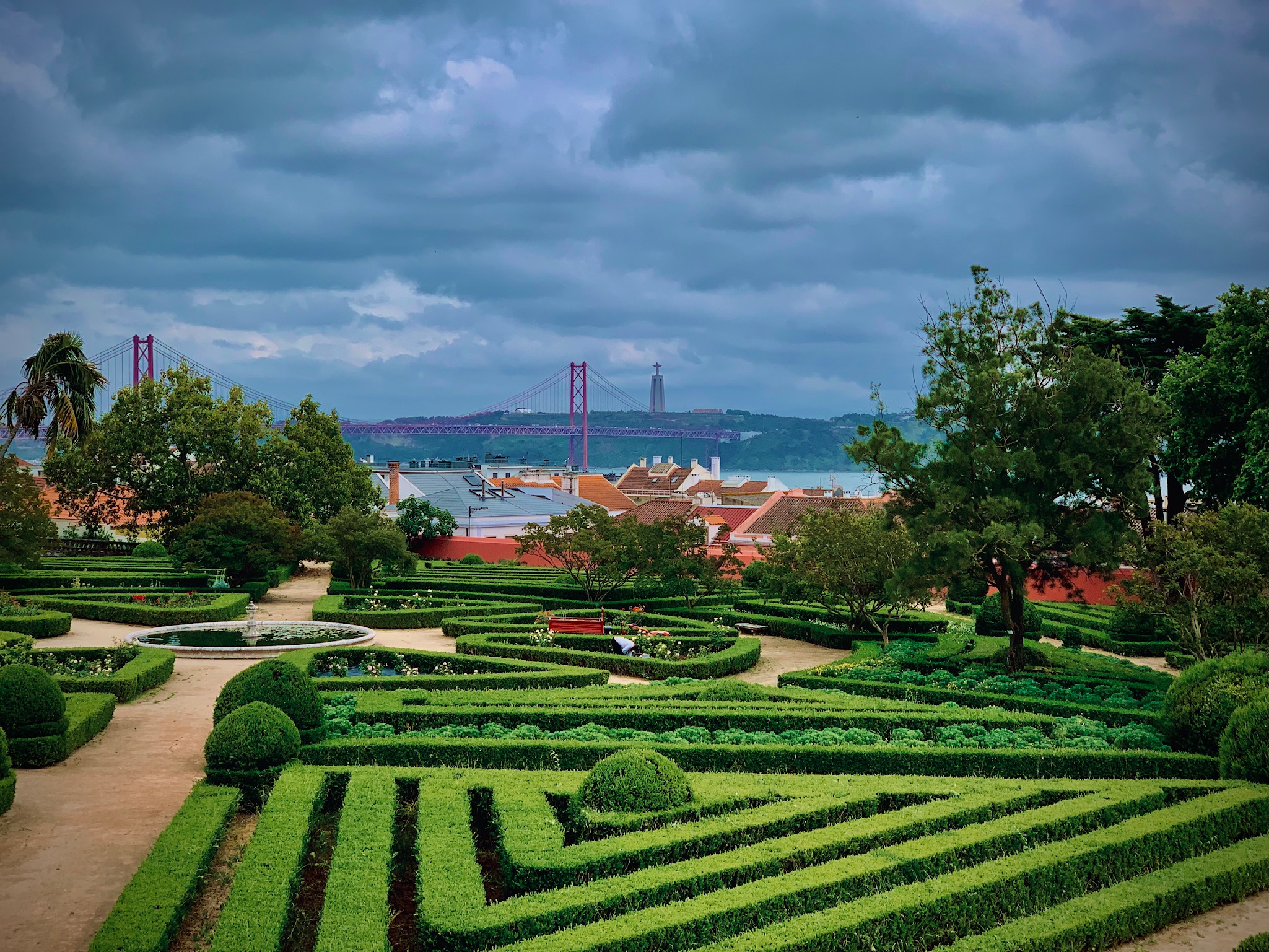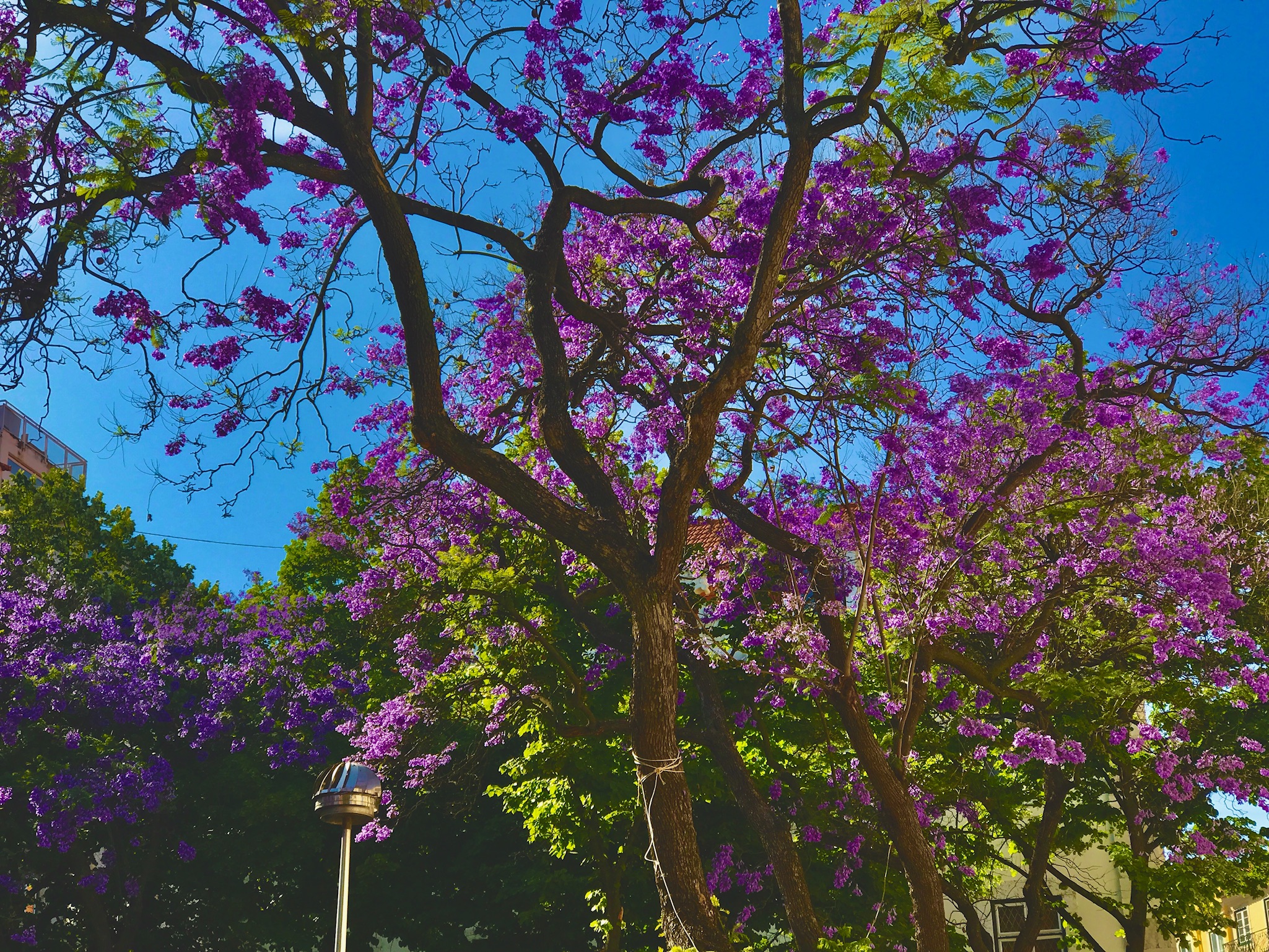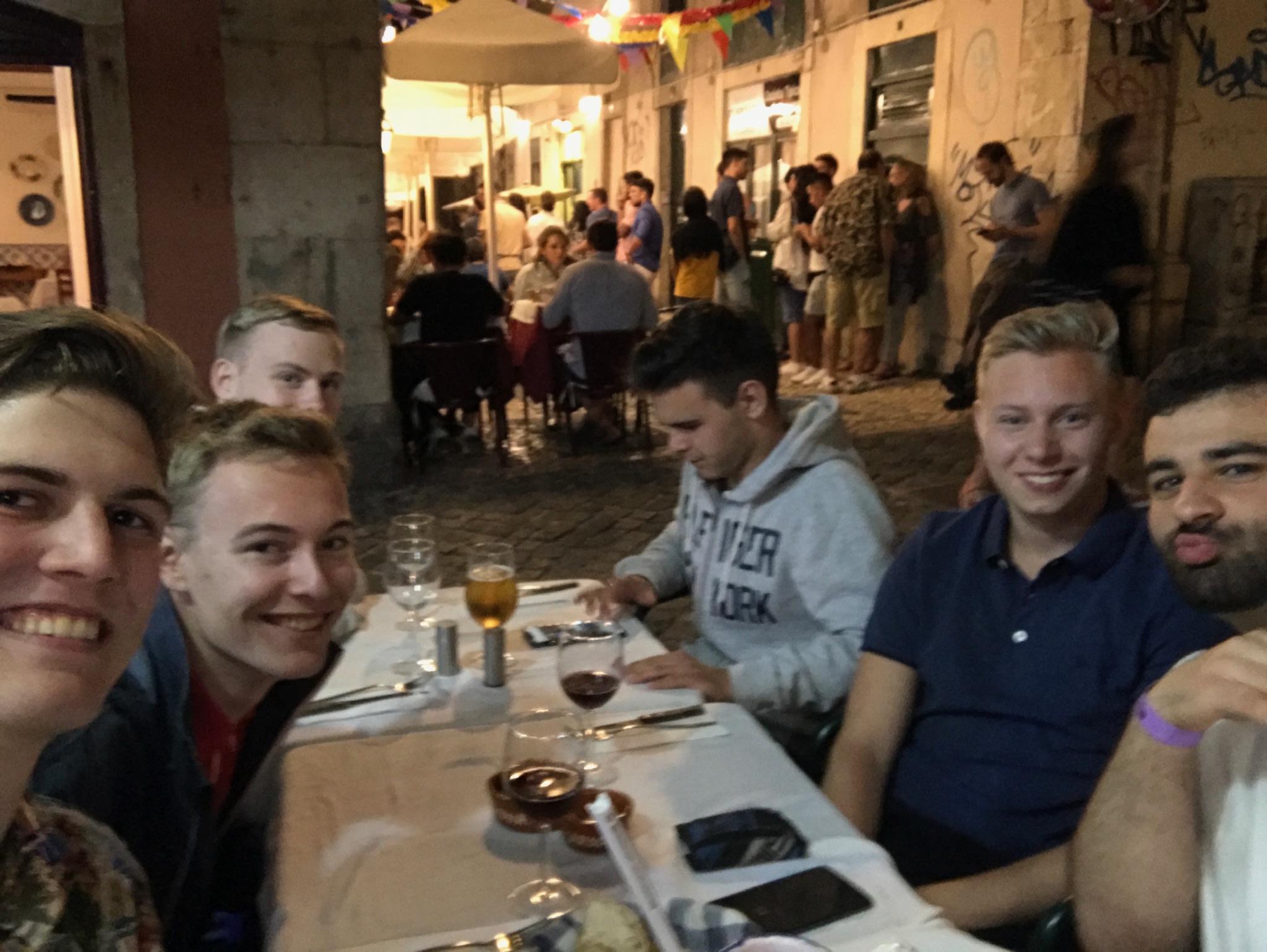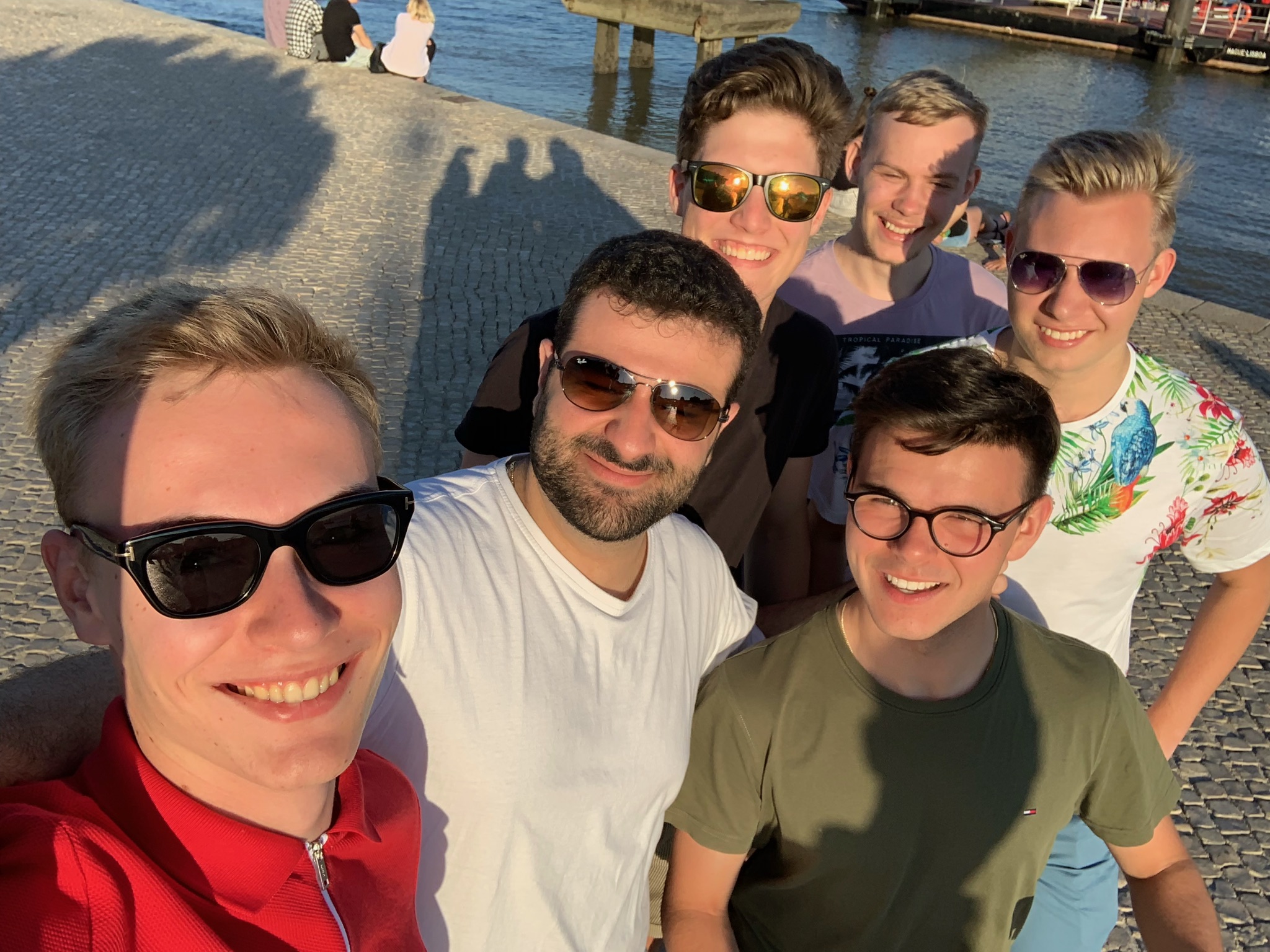Lisbon 2019
Visiting Palácio Nacional da Pena

In the 14th century there was a chapel dedicated to Nossa Senhora da Pena on the site that now occupies the castle. King John II stayed in the chapel for eleven days during a pilgrimage in 1493. Under Manuel I. (1469-1521), the chapel was expanded from 1503 to a male monastery of the Hieronymite Order in the Manueline style. In 1755 the Lisbon earthquake destroyed large parts of the complex. The monastery lost its importance after that, in 1828 only two monks lived in the ruins of the monastery, by the end of the order's activity in Portugal in 1834 it had already been completely abandoned. Ferdinand II, Queen Mary II in 1836. (1819-1853), was so fascinated by the Sintra area that in 1838 he bought the complex, including some surrounding farms and the nearby Moorish fortress of Castelo dos Mouros. Already since the 14th century the Portuguese kings spent the summer in the nearby Palácio Nacional de Sintra. Ferdinand financed the construction of the Palácio da Pena from private funds.
Visiting the Botanical Garden of Ajuda


In Lisbon's Ajuda district, located in the west of the city near the famous Belém district, you can visit the very attractively designed Ajuda Botanical Garden, considered the first and most classical botanical garden in the city. Designed by the Marquis de Pombal as early as 1767, the park follows the rules for the construction of parks that were in force at the time of its foundation. This is mainly reflected in the symmetry of the layout and the classical division into an area with a lake and sculptures and another area with flowerbeds. Plants from all over the world and a wonderful atmosphere will enchant you during your visit.
The people of Lissabon

Lisbon is a metropolis and its inhabitants have a fast, stressed way of life, similiar to that of London or Berlin. Even so, they will go out of their way to make you feel comfortable in their magical city. Lisboetas love partying, nightlife and cultural events and they are generally very easy-going people. There never was a form you could use to describe a single population and Lisbon is certainly not different. They live differently by day and by night. During the day the narrow streets fill with cars, buses, trams, motorbikes, and a few bicycles, all people trying to get to work. You will see, in certain areas, the varinas (fish sellers) shouting the price of the fishes they have to sell in a strong voice. Artists fill the “Baixa” and the “Castelo” areas showing their paintings, playing songs and performing living statues. One of the most characteristic aspects of the city are the chestnut sellers, who bake chestnuts on wheel-carts that fill the streets with smoke and a toasted smell. At night, the cars are left at home, the trams stop passing by, instead the taxis’ green “available” light converts to the yellow “occupied” light as people try to find their way to the Bairro Alto area or Santos where most of the bars are. It is common to find people having drinks out on the street. Lisbon’s streets belong to everyone, so a great mixture of crowds join together at the viewpoint bars, at Bica, or in the Bairro Alto and Santos areas. This will last into the early hours of the day, as Lisboetas try to make the most out of every evening. On sunny days, you shouldn’t be surprised to see a different attitude in Lisboetas than the one on rainy days. Their faces gleam with the thought of lunch-time and with sitting out on a terrace, overlooking the Tagus river. Rainy days tend to soften this smile and people’s faces fill with hope and expectation of the next sunny day, which won’t take long to come by in a country like Portugal. What a mixture, you must be thinking. Well, this mixture is the charm of Lisbon, a vibrant city with vibrant people and a vibrant way of living.
Drinks and food

Lisbon, the country’s capital, is a great city to sample a range of Portuguese food from all corners of the coastal nation. Must try food in Lisbon include local specialties that originated on its cobblestone streets as well as Portuguese dishes from other regions and cities such as the Douro, Alentejo and the Algarve. Lisbon is a city where you can dine at snack bars for two euros, drink specialty coffee or blow your wad at Michelin starred restaurants. We suggest you eat your way through the city my favorites are Pastéis de Nata, Bifana Sandwiches, Sardinhas (Sardines), Chouriço, Alheira
What I think

Lisbon is a city that makes you want to get to know it better and better, to see what may appear in each of its districts, in each street. It is a pleasant and safe city. With a lot to see, but relatively small. It is ideal to spend a few days there, or as a starting point for a trip around the country. It is old. It is modern. It is undoubtedly always surprising.